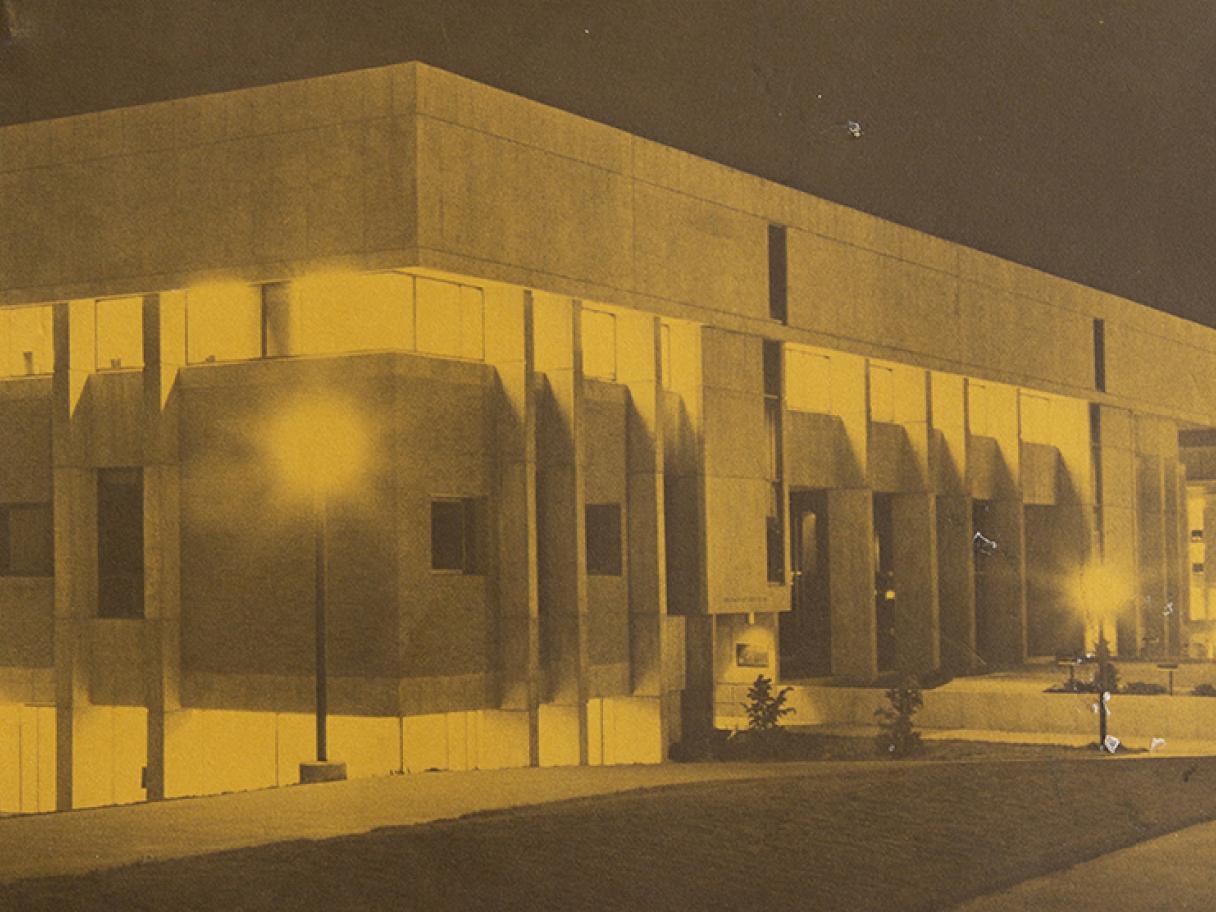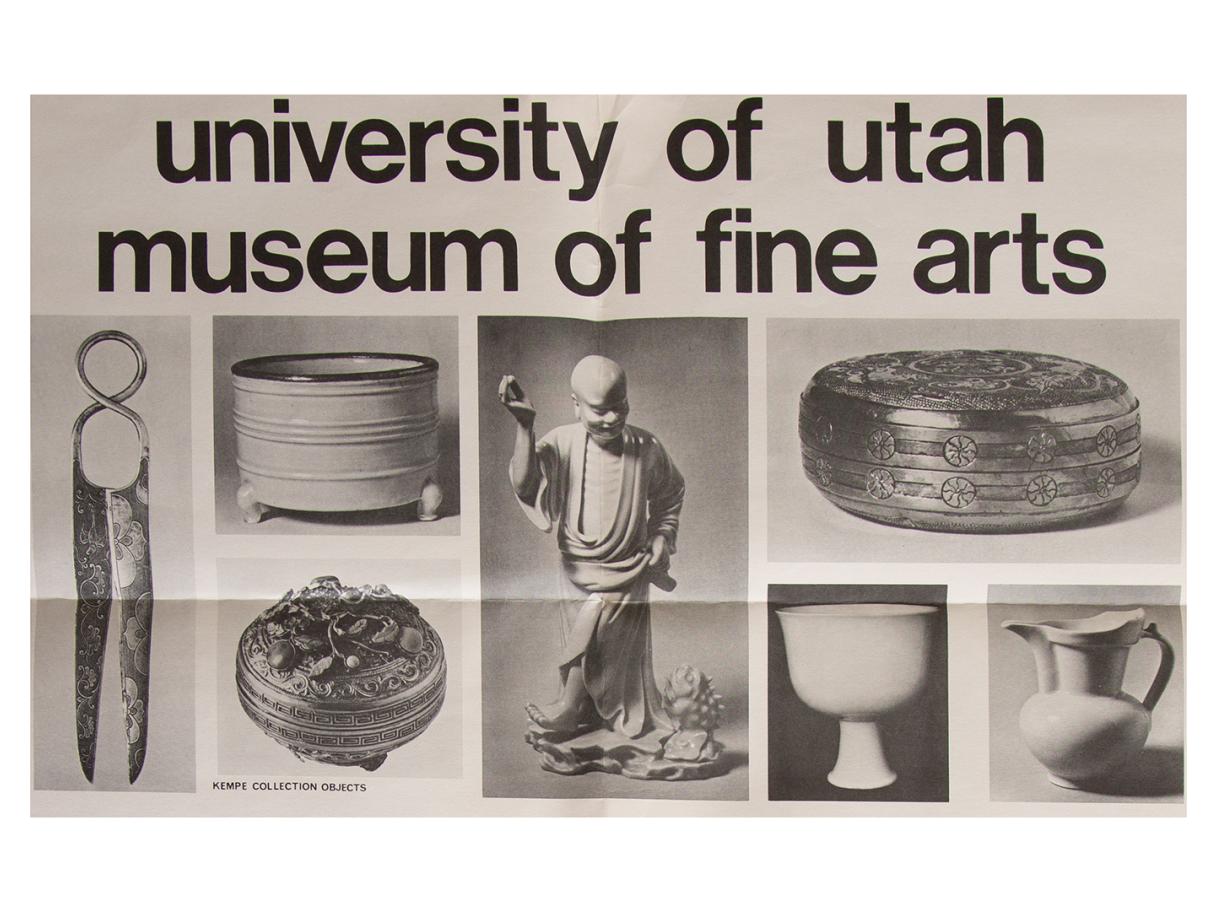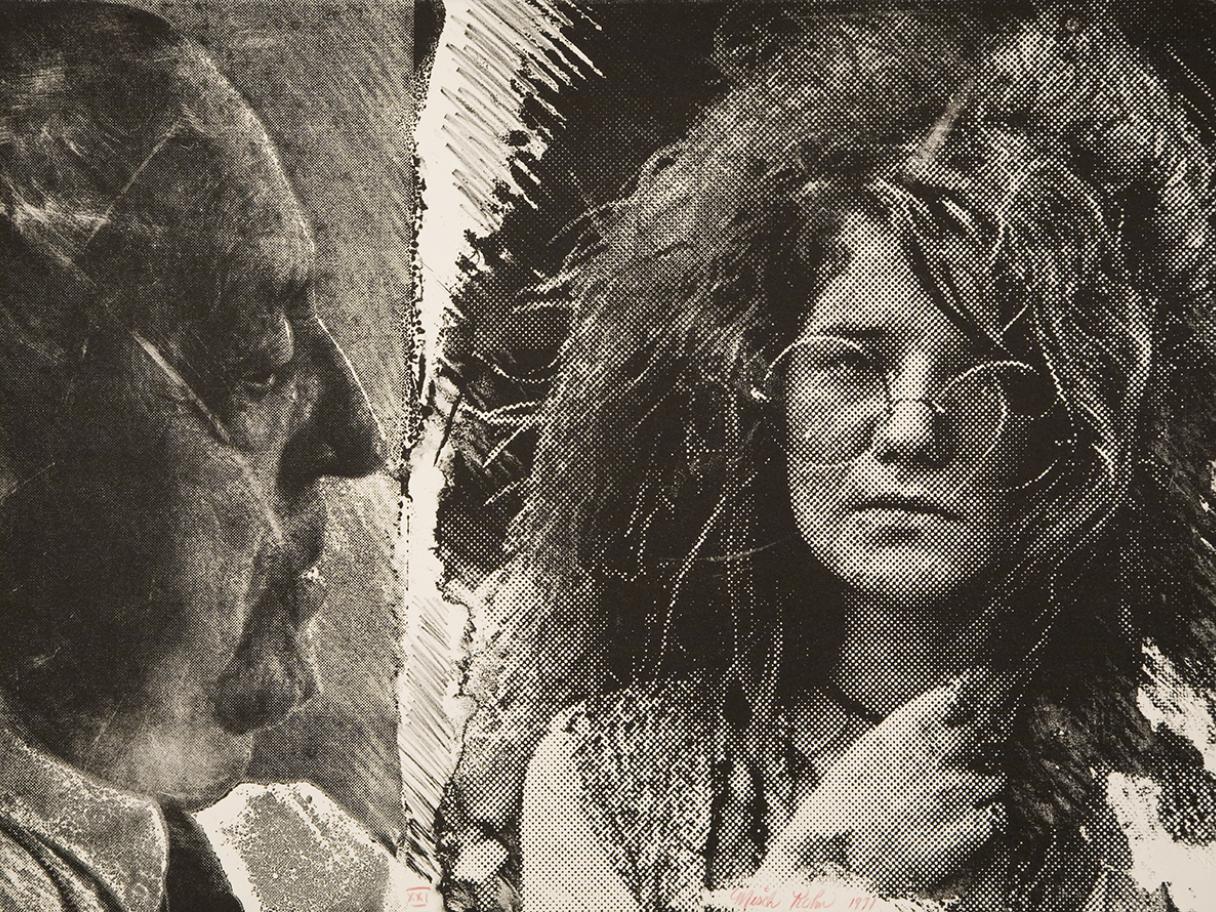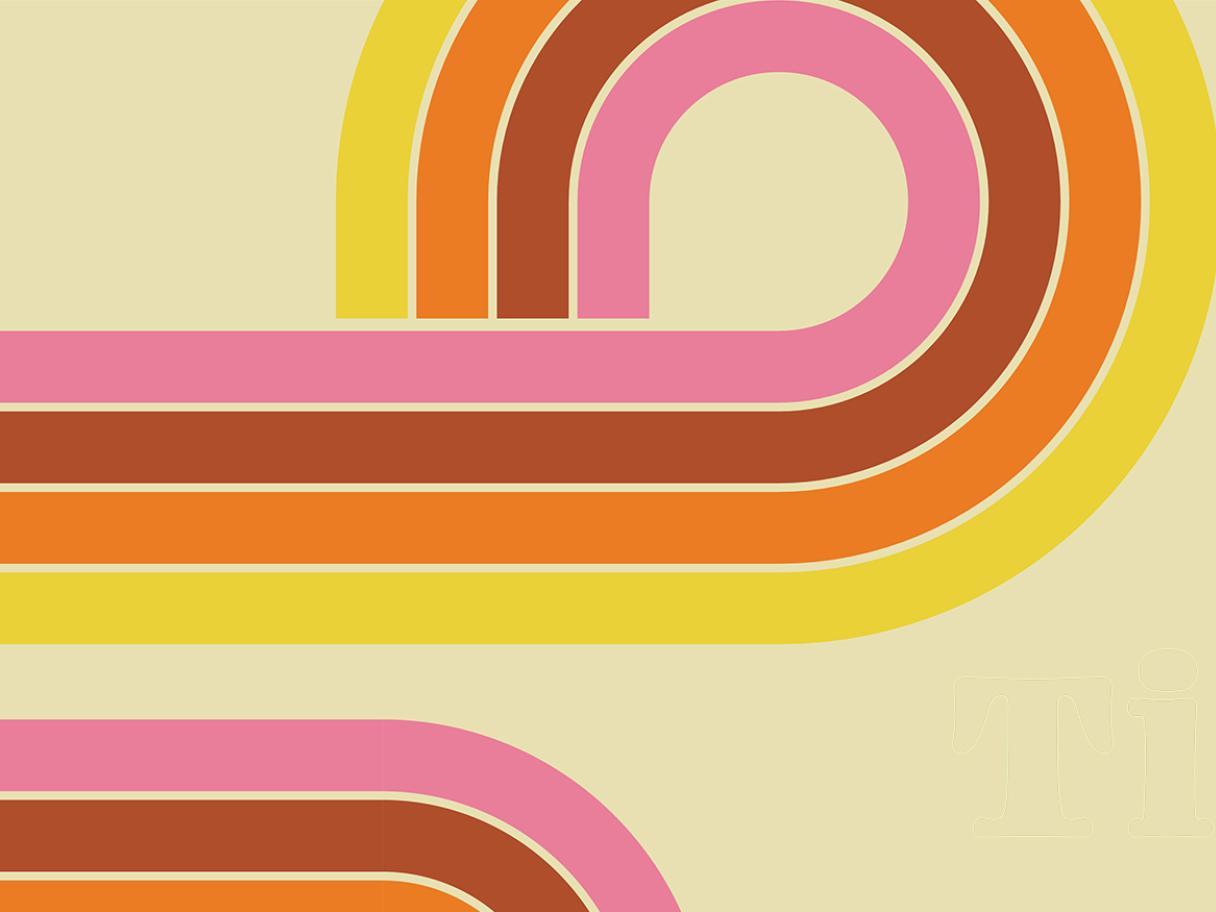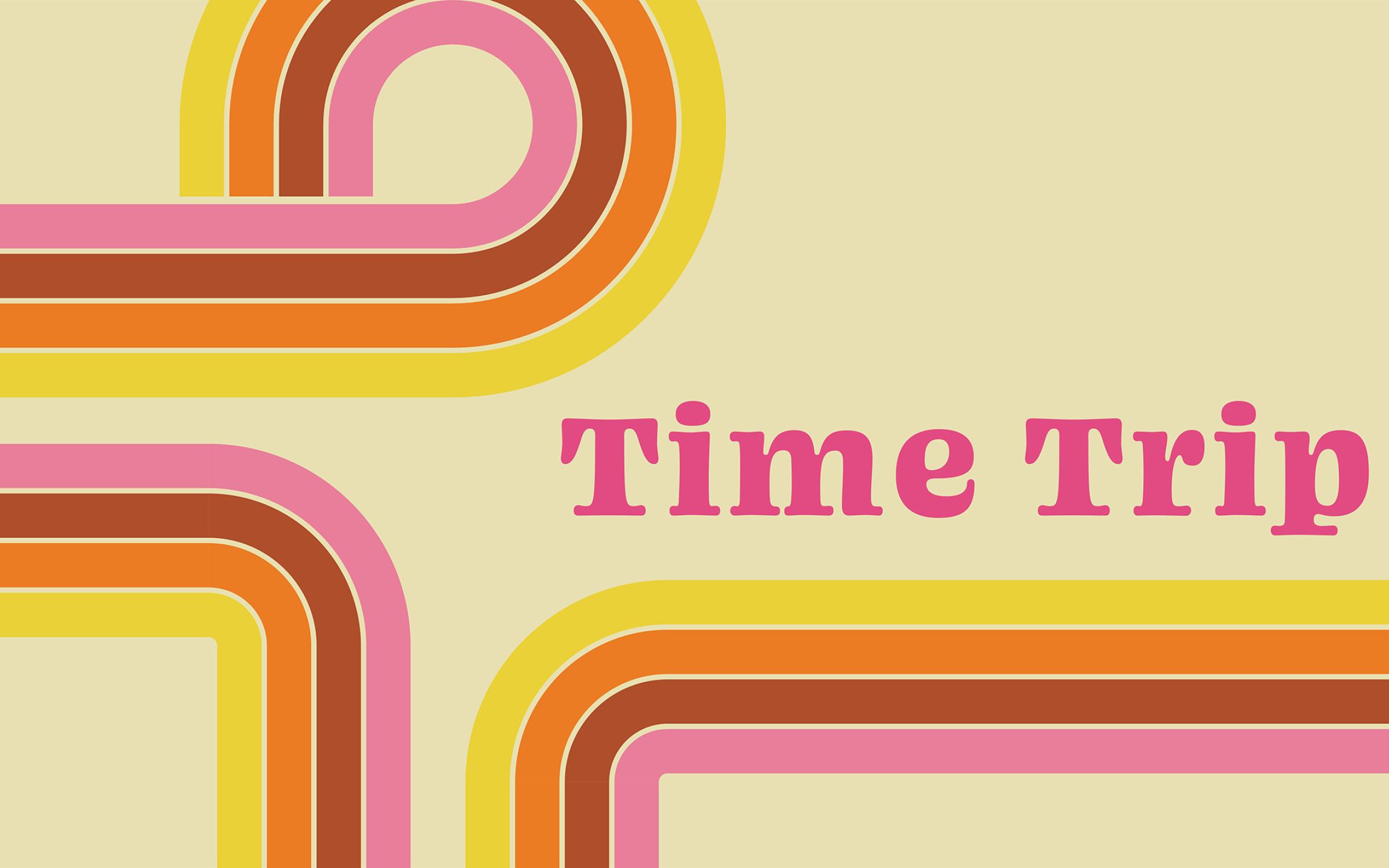
Made possible with funding through support from the Marriner S. Eccles Foundation and the Andrew W. Mellon Foundation.
In April 1970, artist Robert Smithson accompanied a few contractors from Ogden, Utah to haul rocks, earth, and machinery across an unforgiving patch of land along Great Salt Lake’s northeastern shore. Upon Smithson’s return to the East Coast, the art world was stunned by what the artist created in Utah. In the years since its completion, Spiral Jetty (1970) remains one of the best-known examples not only of Smithson’s works but of Land art as a whole.
Welcome to Time Trip, a meditation on Spiral Jetty’s locale and the people who lived nearby at the time of the artwork’s construction. Journey to the time that Spiral Jetty took shape while, on the other end of Great Salt Lake, the University of Utah’s landscape underwent its own kind of transformation.
Inspired by Robert Smithson’s curiosity about the world and his creative responses to it, we invite visitors to explore art and archival material from the University of Utah’s collections that reflect the years that Smithson most frequently visited the state, including the period he briefly served as a visiting professor on its campus in 1972.
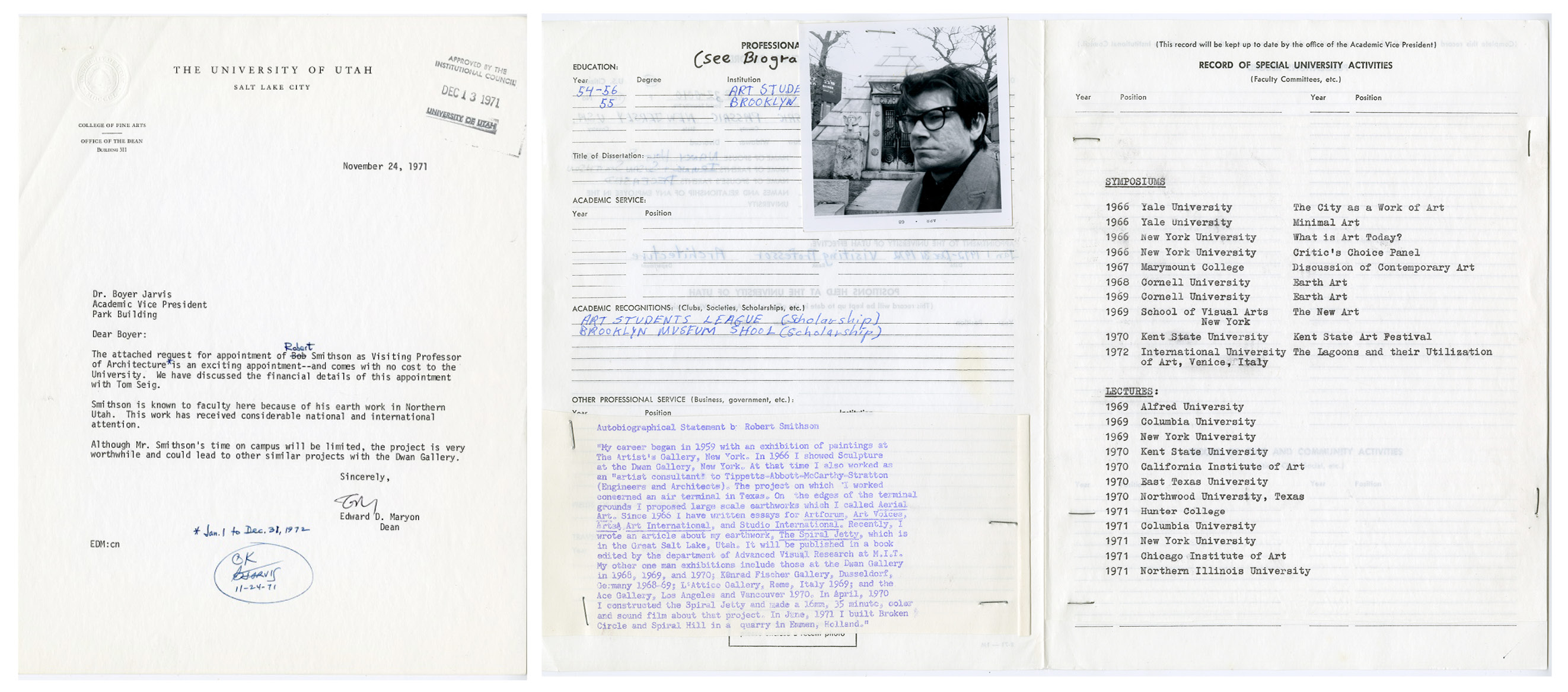
Why now?
History is a facsimile of events held together by flimsy biographical information.
-Robert Smithson, “Some Void Thoughts on Museums,” Arts Magazine, February 1967
In spite of Smithson’s skepticism of linear time and history, the temporal lens of today’s perspective may offer new interpretations on past events. Not quite an anniversary, Time Trip uses just over a half-century’s hindsight to reconsider Spiral Jetty through its human landscape and the countless ordinary Utahns who shared literal common ground with a world-famous work of art.
In the form of archival material, history often provides not answers, but provokes further questions, as parallels between past and present emerge. As you navigate Time Trip, ask what features characterize the metropolis of 1970s Salt Lake City? What was it like to be a student on campus? Which of the then-raw and urgent debates now seem quaint and settled? Which remain as relevant today?
Time Trip bids you to lay aside whatever assumptions you may carry about Utah, circa 1970, as you enter, and reflect upon how archives and artworks not only narrate a historical past but foreshadow our present and disclose our fears and longings for our collective future.
Click on the themes below to begin your Time Trip
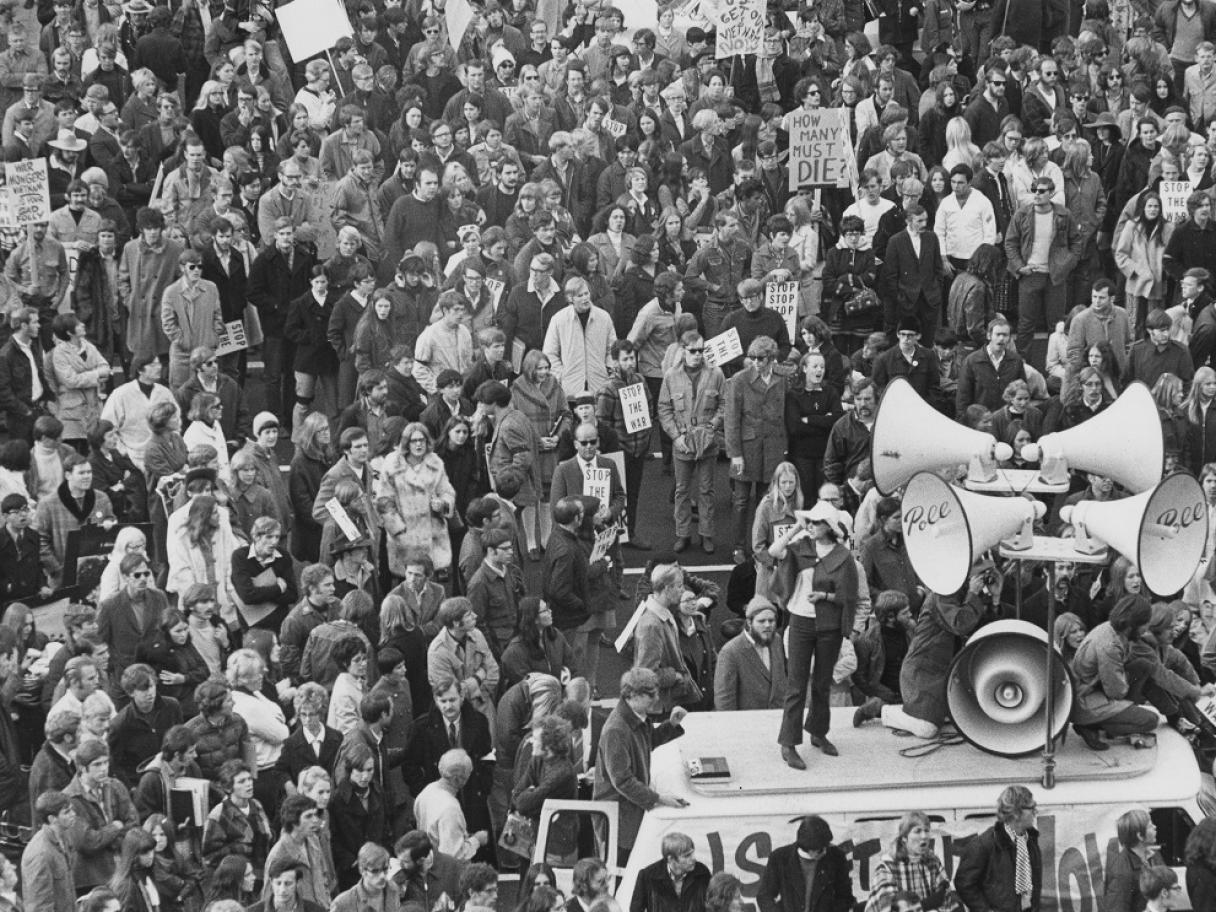
The University of Utah, like most college campuses around the United States, overflowed with passionate debate as the tensions of political and social issues swelled into tidal waves, with America’s involvement in the Vietnam War (1955-1975) one of students’ chief concerns.
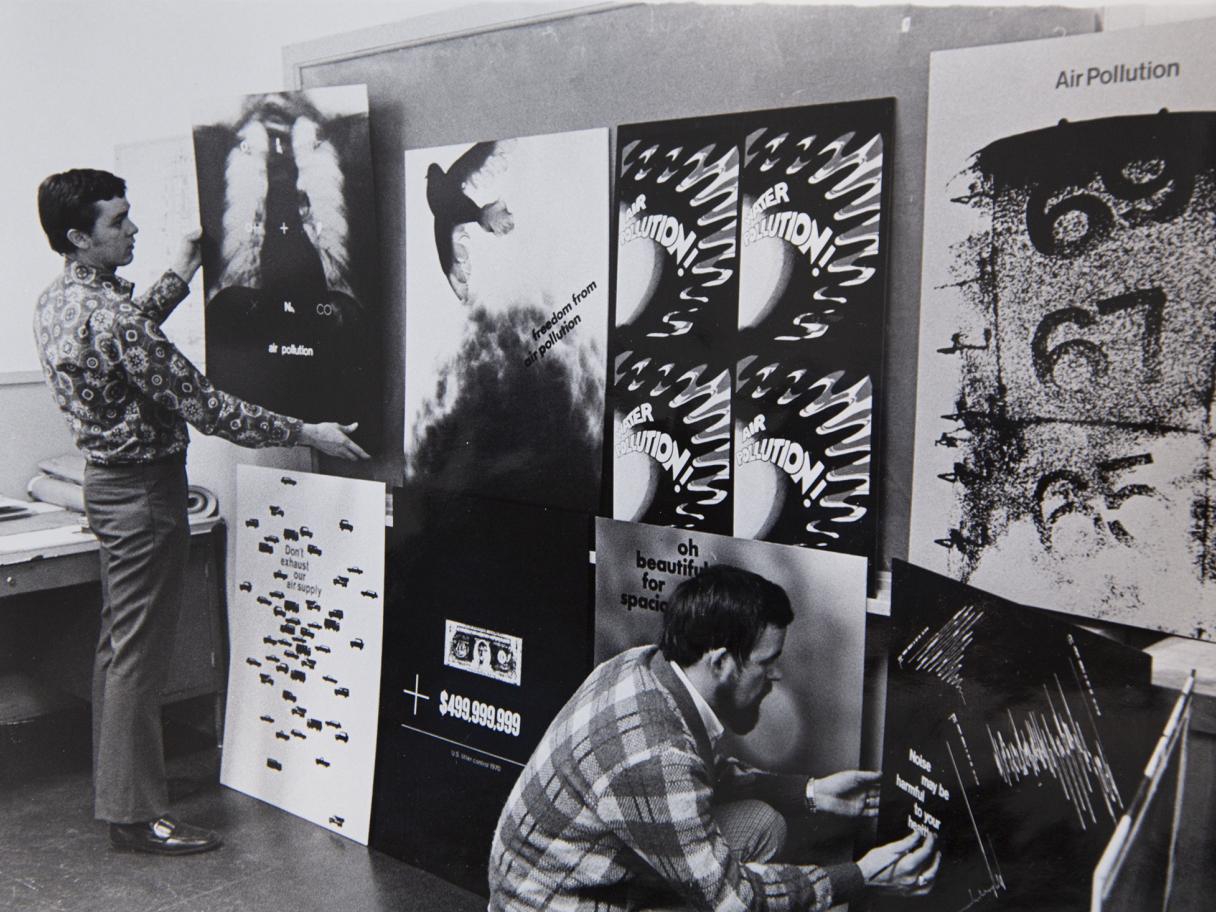
Just as Smithson was settling Spiral Jetty’s last bits of basalt into place on the north side of Great Salt Lake, global ecological concerns were being addressed on the University of Utah campus. Many students were passionate about the topic, a subject frequently covered in campus publications including the 1969-1970 Utonian, the U’s yearbook.

